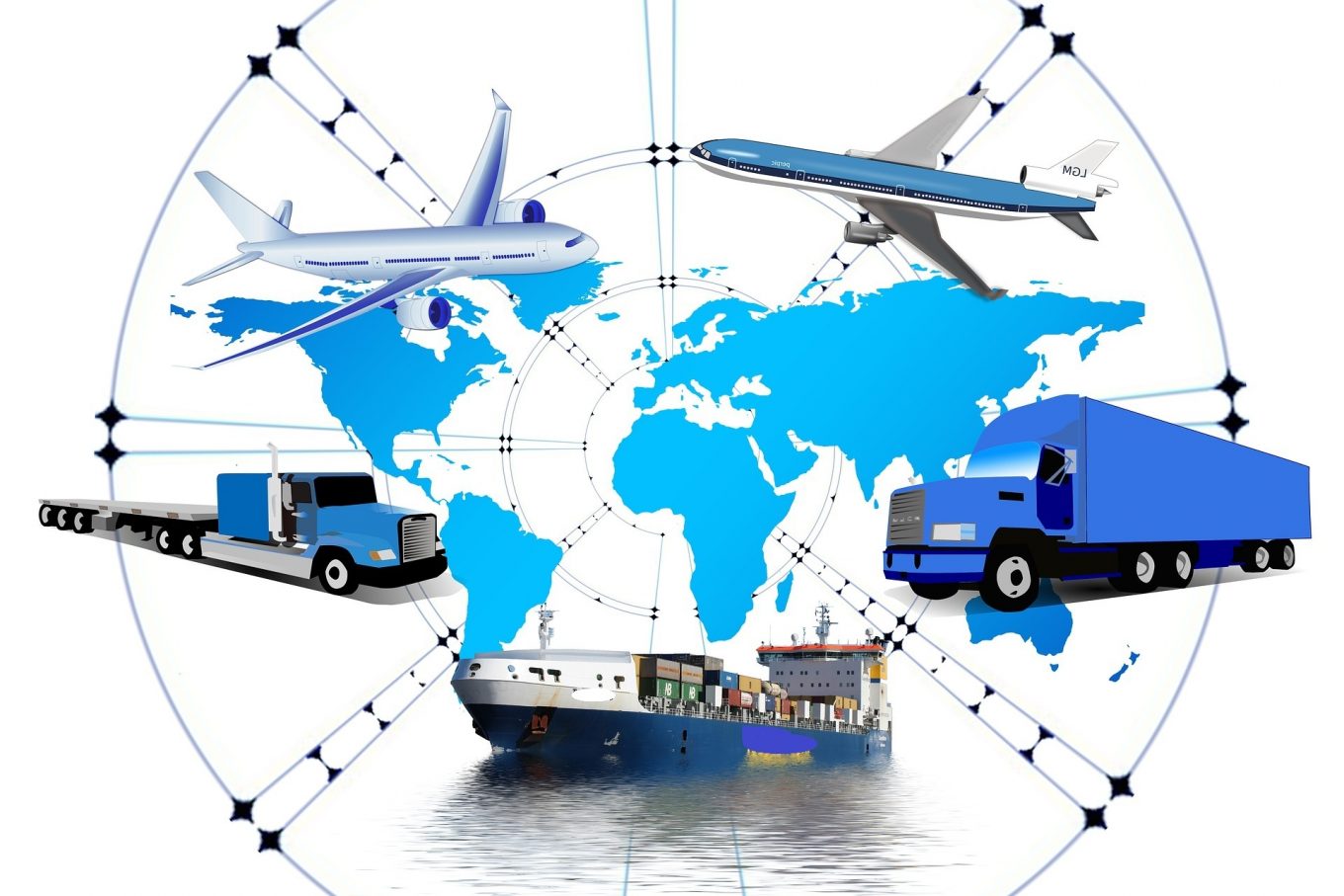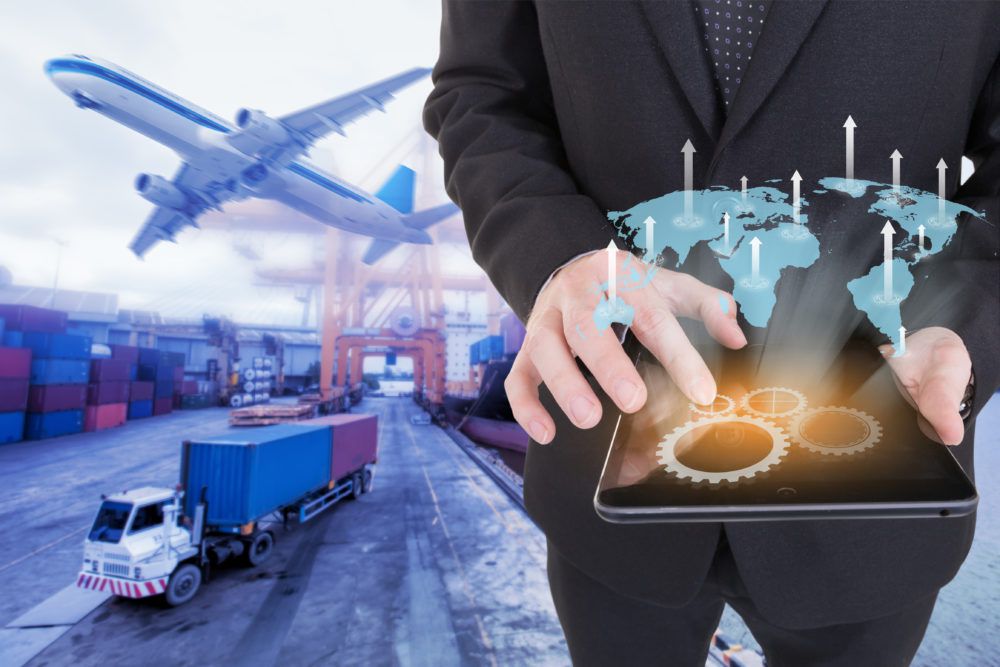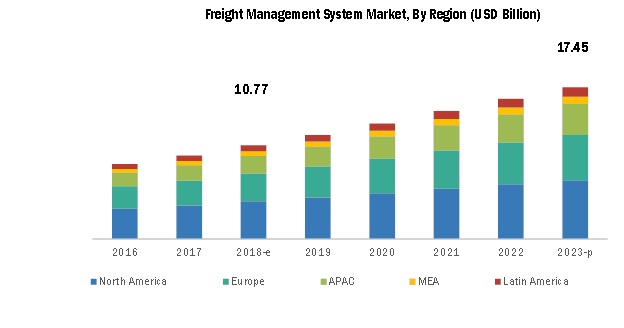Planning to import some food items or export apparel and textiles?
There are innumerable factors to take into consideration. Missing out one can lead to bearing business losses and unexpected risks. The process becomes overwhelming to handle, and your consignment could be stuck for months. Freight forwarders come into the picture to offer their expertise and services for smooth cargo delivery.
While we talk about delivering batches of a shipment, we cannot ignore the logistical aspect. If resources are not intact, the entire process will be negatively affected.
Amidst the slowdown in world trade, the logistics sector is predicted to have a boost. This is possible due to the defining trend of outsourcing logistics. On the other hand, freight forwarders are now focusing on enhanced customer experience through innovative online solutions.
This article will help you understand the process of “freight forwarding and logistics.” It will explain how the industry got affected by the pandemic and the factors contributing to the growth. Moreover, you will get an insight into emerging trends, challenges, and opportunities.
The Freight Forwarding and Logistics Industry
Global Freight Forwarding and Logistics Market Size
According to research conducted in 2020, the freight forwarding market was worth 161 billion Euros. It is predicted to rise to 207 billion Euros by the year 2025. The DHL Supply Chain and Global Forwarding, Panalpina, Agility Logistics, and Kuehne+Nagel International AG are the major players in the market.
Whereas the logistics market globally was worth 5.5 trillion Euros in 2018, the prediction is that it would be around $12 975.64 by 2027.
The COVID-19 Impact
The pandemic affected the economic growth of all the countries around the globe. But China is a global consumer, impacted the global supply chain, and negatively affected the crucial components of freight forwarding and logistics such as:
- Cargo– There was a backlog of cargo at the port due to travel restrictions and the cancellation of ocean carriers. So the industries like equipment and supplies, manufacturing and consumer goods got affected.
- Trucking sector– The long-haul trucking sector, a major contributor to Chinese logistics, faced driver shortage due to lockdown and quarantine requirements for truck drivers.
- Warehouses– a bottleneck situation was created in all warehouses due to social distancing and the non-availability of truck drivers to dispatch the stock with.
- Sea Freight– Blank sailings were experienced due to constraints on sea freight. The key importers and exporters suffered due to weak demand.
- Land Freight– This sector experienced a lighter hit as most roads were open unless in case of a complete lockdown. However, the manufacturing sector was affected due to the non-availability of timely supplies.
- Air Cargo– As passenger flights reduced drastically, so did the air freight is carrying cargo resulting in congestion at the airports.
Recovery After Pandemic of Key Players
The pandemic left not only the small players but also the industry giants desperate for solutions.
- DHL– In response to the loss caused due to pandemic DHL utilized alternative modes of transportation. The air cargo is being transferred through chartered planes, and passenger planes are alternatively utilized for cargo.
- UPS– It offered free transportation of safety masks and protective gear, so UPS adapted service offerings.
- E–Commerce Industry- E-Commerce has played a major role during the pandemic and in the recovery period. As a result, companies are now relying on technology for cargo traceability. In addition, plans are underway to handle labor shortages through drones and robotics.
Rapid Growth and Emerging Opportunities Around the World
The international trade volume is picked up post-Covid, which would positively impact the freight forward markets. Many countries have signed trade agreements to improve the state of affairs in the freight forwarding and logistics market. The year 2021 brings good news to most manufacturers as E-commerce steps in to change things for good.
- Ocean Freight Forwarding
The European trade routes are growing more than other regions due to the adaption of cross-border E-Commerce. The technology enables less-than-container load (LCL) volume increasing growth in sea freight.
- Air Freight Forwarding Market
The International Airport Transport Association (IATA) has reported a considerable increase in cargo flights and passenger flights this year. This would boost the air freight industry as now the air cargo charges have increased to recover the loss.
- Logistics Market
The situation is said to improve tenfold with the introduction of tech-driven logistics such as autonomous vehicles, the Internet of Things (IoT), automation, and data analytics. The manufacturing and automotive industries driving the logistics market will benefit from the technology to increase productivity.
- The Asia-Pacific Market
This region is considered the global logistics hub, and it is progressing despite the adversity caused by the pandemic. It can be credited to the low-operating costs in the region, which attracts large manufacturing bases. Different countries in the region are following strategies for growth.
Emerging Trends in Freight Forwarding and Logistics
Logistics companies need technology to coordinate at many levels in real-time as the business units, and transport vehicles are spread across geographical locations in today’s era. Online platforms are emerging as a solution to handle supply chain activities. These platforms also provide a wider range of end-point devices for the team members on the go.
- Country Wise Analysis
All countries in the Asia Pacific region are inheriting faster technology integration.
- China
Being the largest manufacturer took all safety precautions and opened up the Pharmaceutical industry to meet the rising needs during the pandemic.
- India
India sees an increase in exports from 13-15% in 2022 due to its cold chain industry growth. It is the largest producer of milk and the second-largest producer of vegetables in the region. In addition, the auto-components industry in India is booming due to increased purchasing power, development in infrastructure, and a large domestic market.
Around 80% of the freight in India moves by road, so it has taught a tracking technology to predict the delivery time.
- Thailand
Thailand has adopted a shipment monitoring process by implementing a blockchain project by IBM and Maersk.
- Indonesia
Indonesia and Thailand are positioning themselves as cost-effective production hubs for new energy vehicles. These vehicles will have hybrid systems.
- Market Concentration in the Asia Pacific
The region is dynamic and has a competitive landscape for all the dominant players competing with startups for logistics space. Therefore, it faces high competition to maintain its market share and expansion.
The five dominant players in the region are:
- DB Schenker
- DHL
- Rhenus Logistics
- Kuehne+Nagel
- MAINFREIGHT LIMITED
Challenges vs. Solutions in Freight Forwarding and Logistics
Lack of expertise
In the face of the increasing demand in the freight forwarding and logistics industry, most service providers do not have sector-specific expertise. Therefore, the best solution is to outsource the logistics operations. This would be beneficial to improve customer satisfaction, focus on core business, gain access to technology, increase efficiency and save cost, get custom solutions, and develop internal staff.
Need for transparency and quick response
Transparency through the supply chain is a big concern, as is the agility factor. It is becoming imperative to invest in transparency and adapt to ready-to-use tracing solutions. These enable to react more swiftly to the changing demand, recalls, frauds, or supply disruptions. With technology, companies can now identify risks and weak production nodes.
Price negotiation factor
The logistics operation is challenging with the uncertainty of future orders, increasing customers, and varied locations. In addition, companies need to look into customer space which includes distance and demand frequency. Also, the storage costs in the warehouse are said to increase due to backlogs created by the pandemic.
Amidst this, it becomes very difficult to satisfy the customer for the price they want. However, the solution is to find cost-effective storage methods to keep the customer engaged.
Implementation of Technology
Although freight forwarders benefit from the internet and cloud systems, there is an increased risk of cyber attack. Also, the quick shift to technology acts as a hurdle in a fully standardized process.
However, automation comes in handy as now freight forwarders can use tracking tools, advanced communication, and optimization tools for global operations. In addition, the future sees advanced tracking systems, supply chain visibility, and electric vehicles.
Government and International Policies
The shipping rules vary from country to country and are complex to comprehend. In addition, the local rules, laws, regulations, and fees differ while moving the cargo between countries. Therefore, the solution is to be updated with the current shipping practices.
Global Economy
The drastic shift in the global economy leaves the freight forwarders fighting inflation, trade war trajectory, rising shipping costs, continual worldwide production shifts, and environmental factors; even amidst such changes, the reliability of the supply chain needs to be assured.
The solution is cost-driven manufacturing shifts away from China to countries like India, Indonesia, Thailand, Vietnam, and Bangladesh.
Affect on Environment
The freight forwarding industry causes air pollution, and oils spills are dangerous for the wildlife and the ocean. Diesel diffuses harmful chemicals into the air, and its oil spills create several environmental issues. The solution is port and corridor cleanup plans, emission reductions from diesel engines, shore-side power, ship cleanup, coastal shipping, truck trolling, and truck stop electrification.
Also, using energy-conserving grades of motor oil and regular vehicle check-ups can reduce the environmental impacts of logistics. In addition, the International Maritime Organization, IMO 2020, has taken a step for decarbonization and asked organizations to comply with a global limit on sulfur in ship fuel oil.
Customer Service
Sharing accurate and timely information with partners can be a differentiating factor between companies. Unfortunately, many global partners work hand in hand to move cargo, so providing the right information at the right time becomes challenging. Yet, it is the only solution for a smooth and lasting relationship. In addition, it helps in coordinating all points of contact in between.
Cost of Fuel
Sea freight is heavily affected by rising fuel costs. As a result, it becomes challenging to optimize travel routes and reduce the cost of fuel. The solution can be Drayage Shipping practices which enable transporting goods over shorter distances. Other options can be finding fuel alternatives such as using electric and hydrogen-powered vehicles.
Driver Shortage
The shipping industry relies a lot on the trucking labor force to avoid congestions in warehouses and ports. Current practices of drayage shipping and short-haul have reduced the need for long-haul drivers. However, there is still a shortage of truck drivers creating a significant challenge.
The solution is to make the job attractive for youngsters and women to cover up the trucking labor force shortage.
The Takeaway
The freight forwarding and logistics industry is the major contributor to the GDP of any economy. The importance of this sector requires the governments to make lenient trade policies, especially after the pandemic. The cross-border control protocols need to be loosened up a bit too.
To keep up with the rapidly changing world, companies need to work hand in hand with E-Commerce. This is the new normal and the only way forward to sustain and grow. Furthermore, the advancement in technology and automation of the key functions enables freight forwarders and logistic companies to live up to the customers’ expectations and deliver solutions in a timely and organized manner.
By reconfiguring global value chains, increasing dedicated air cargo capacity, and adopting technology, the industry is on the right track to handle upcoming challenges and flourish.
CATEGORY
1 on 1 Dedicated Managers
for Personalized Solutions as your very own dedicated in-house team
CUSTOMER CENTRIC
success for our customers at the heart of every action
Transparent & Trusted
clear cut processes trusted by 2000+ global sellers & brands

Amazon Seller Solutions Providers
servicing Amazon’s Global Sellers across Global Marketplaces





